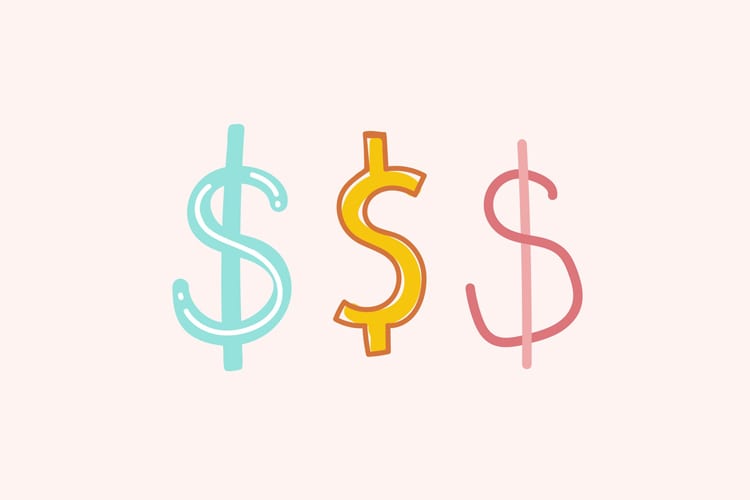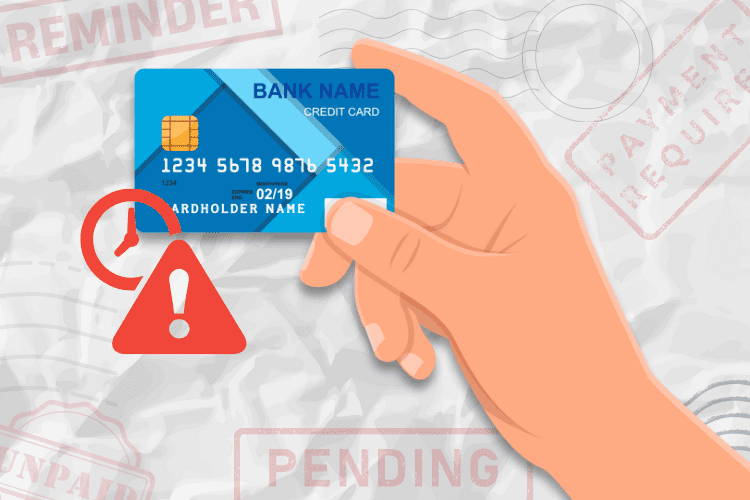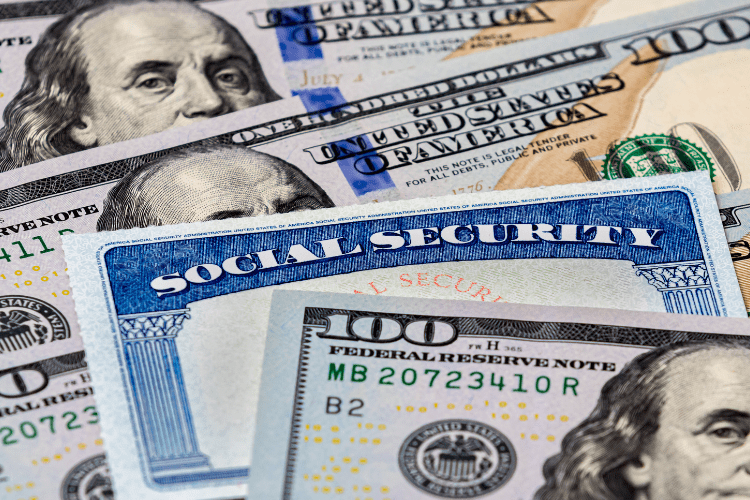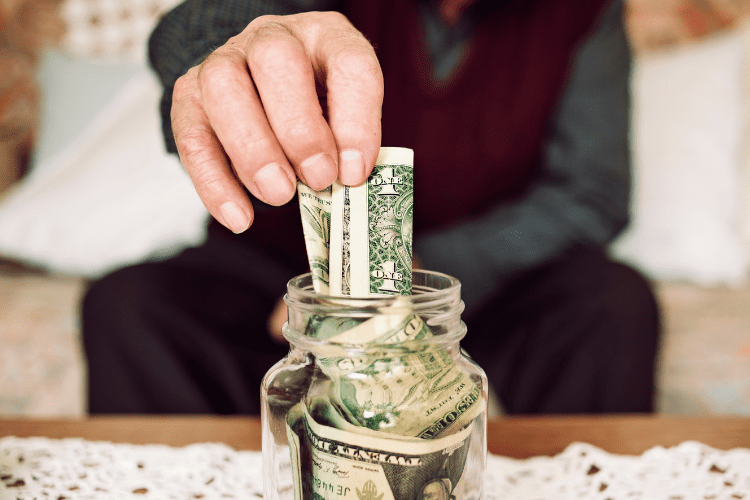Price Gouging and How to Spot and Avoid It

During times of crisis, it’s not uncommon to hear about price gouging. Unethical companies or sellers on marketplaces will jack up prices in response to high demand in order to maximize profits at the expense of others. The practice is illegal, but anyone who went hand sanitizer shopping in April knows that facing price gouging when you desperately need the product is a lose-lose situation.
So how can you protect yourself against price gouging – particularly now, amid the coronavirus pandemic? A U.S. Public Interest Research Group study found that Amazon prices for essential goods remain significantly higher than their pre-pandemic marks. Here’s how you can spot price gouging, avoid overpaying, and report offenders.
Price Gouging and How to Spot It
There’s no specific definition for price gouging, but it’s one of those things you know when you see it. Price gouging is the excessive increase in prices following a major shock to supply or demand. Unfortunately, the practice is common amid disasters since sellers know that desperate consumers have limited options.
Businesses are allowed to increase prices in emergencies, as they may need higher prices to survive, but each state has laws limiting gouging. Some are more direct than others, however. In New York, for instance, price jumps of more than 10 percent are illegal, while North Carolina simply outlaws “excessive prices.”
The best way to spot price gouging is to look for radical price jumps. Online tools like Honey and Keepa track online prices, so you can see if the cost of something has been jacked up recently. You can (and should) also comparison shop to make sure that what you’re paying is at least in the typical range for what you’re buying.
Price Gouging on Amazon
The PIRG study identified major price gouging on Amazon, even though the marketplace has taken steps to crack down on the practice. Across the marketplace, more than half of the items on Amazon jumped in price by more than 50 percent. Surgical masks have been priced up, on average, 166 percent on Amazon.
The report did not specify how many items were sold by third parties versus how many were sold directly by Amazon, but the issue remains regardless. The Amazon Marketplace Fair Pricing Policy forbids price gouging, but many consumers are still paying the price.
How to Report Gouging
Whenever you spot price gouging, you should report it immediately. Every state has a consumer complaint form through its attorney general’s office, and you can file a report that way. You’ll need to include the business name and address in addition to your detailed complaint. The PIRG compiled a list of links and contacts for every AG’s office in the country here.
You can click the “report incorrect product information” on Amazon at the bottom of any listing. There, you can describe any price irregularities you see. The U.S. PIRG is also collecting signatures for a petition demanding Amazon better regulate prices during the pandemic. 30,000++ people have signed so far; you can add your name if you’d like.
The Bottom Line
Gouging prices is illegal, unethical, and corrupt, but it’s something consumers deal with regularly. Luckily, there are ways to protect yourself and combat the practice. It’s always a good idea to err on the side of caution when online shopping, particularly during emergency situations. If prices seem too high, they probably are. Be diligent when shopping around, and report any offenders with significantly marked-up products.
Read More Side Hustle: How to Sell On Amazon









